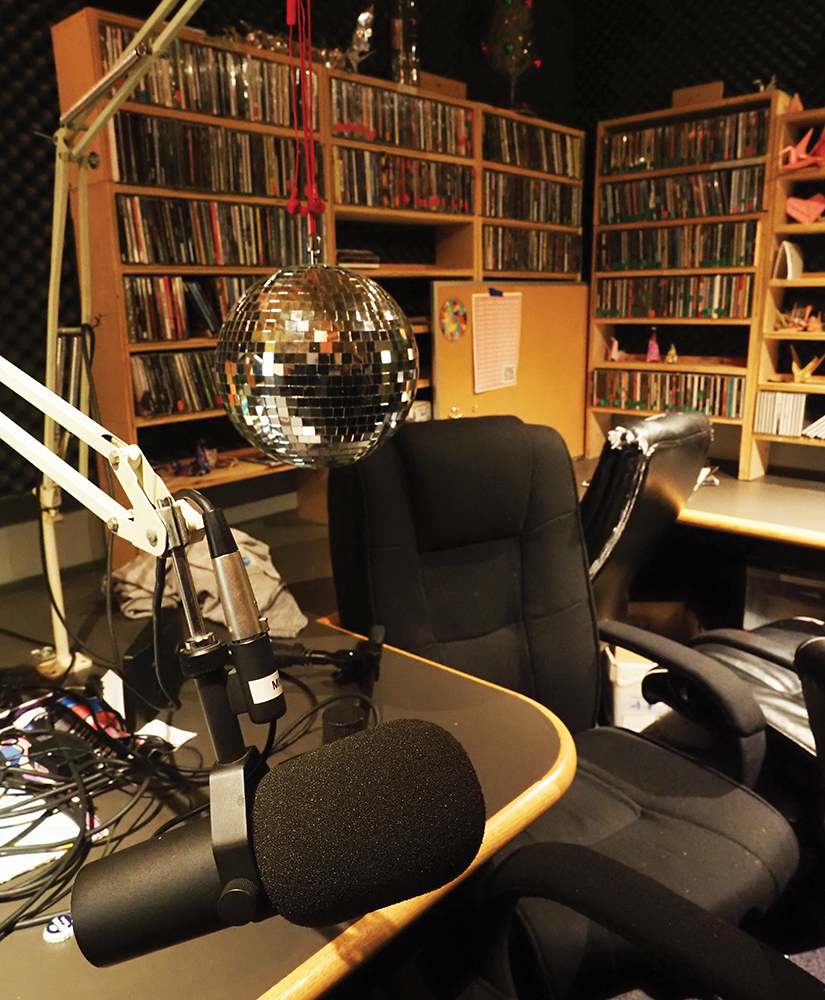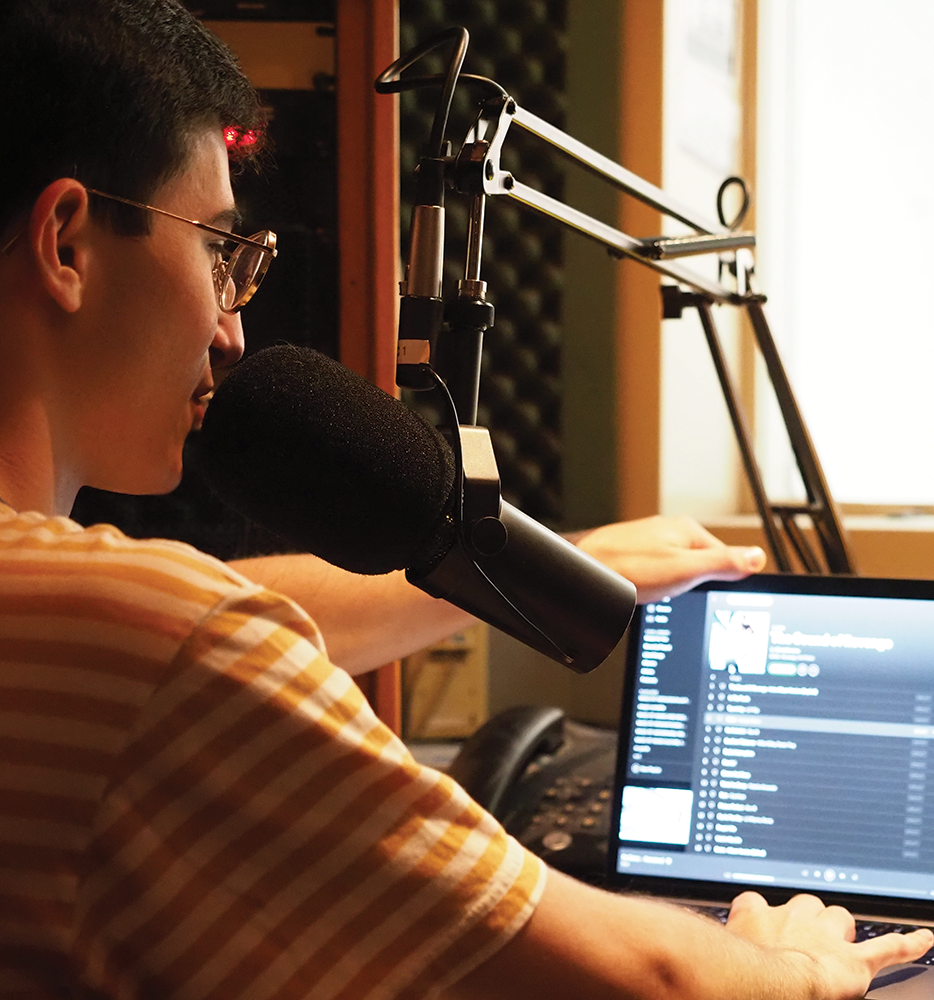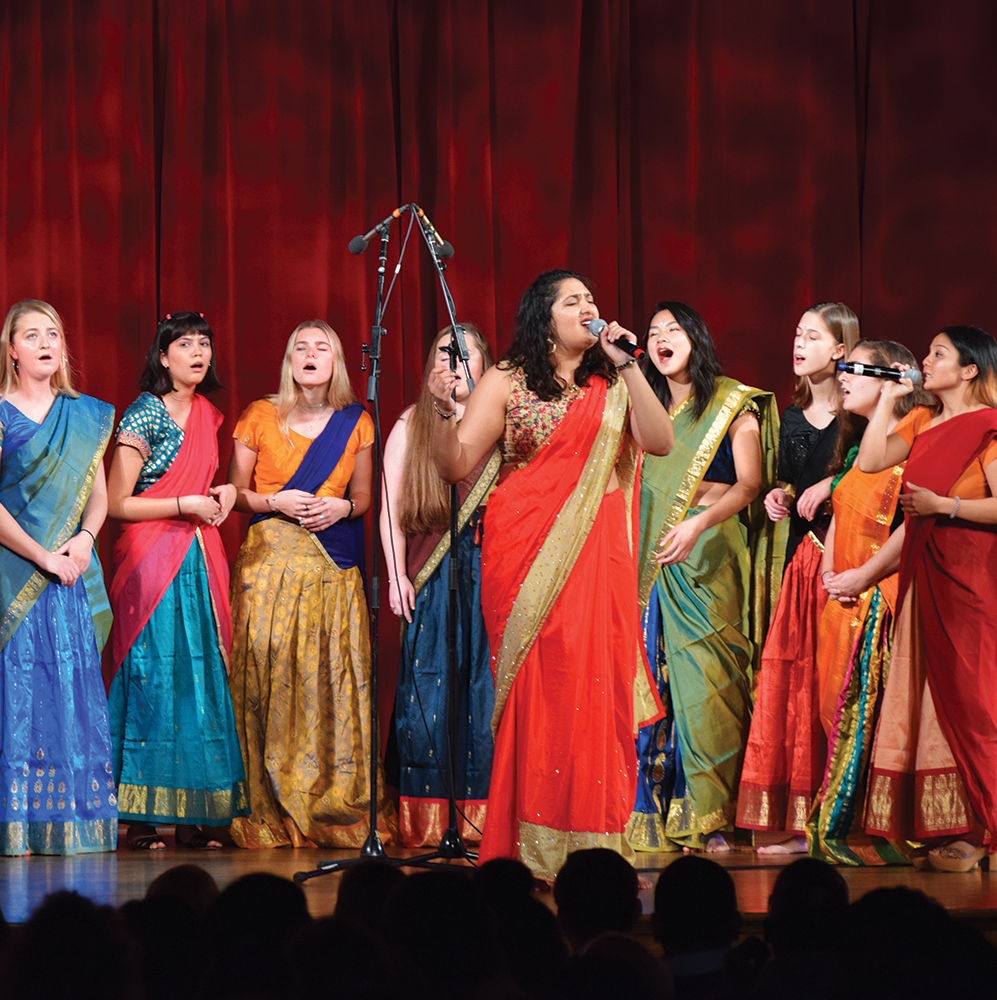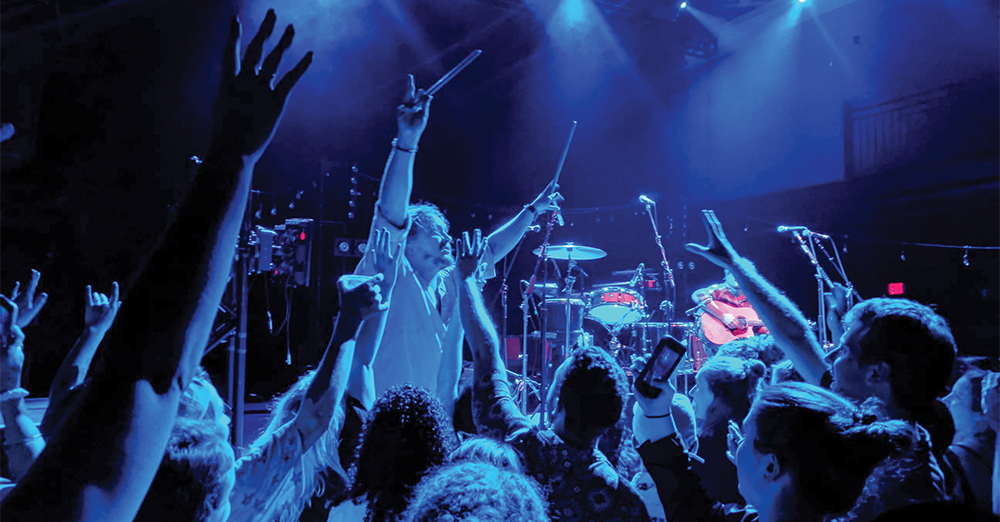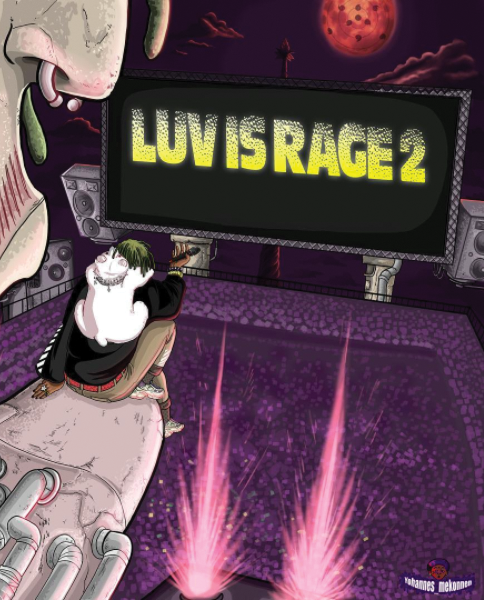Despite its at times limiting size, Georgetown University’s music program offers instruction and resources not only for students formally majoring or minoring in the program, but also for musically inclined students hoping to pursue their interest in music in college.
The music program is one of four programs under the department of performing arts, along with theater and performance studies, dance and public speaking. The program offers one major in American musical culture and one minor in music. The program focuses on a wide swath of genres and global musical traditions, along with the Western classical tradition, according to the program’s website.
The music program’s music minor includes courses in music history, criticism, theory, composition, audio technology, and performance, while the American Musical Culture major features two separate tracks: Musicology/Ethnomusicology and Music & Media Studies.
The American musical culture major is designed for students interested in pursuing careers within the music industry with a focus on musicology, the study of music’s history and societal importance, rather than for musicians to hone their crafts, according to Ziyue Zhang (COL ’21), who performs with the music program as a member of the Georgetown University Orchestra.
“The strength of the department definitely comes from musicology and culture and how the music industry works — not so much on performance or composition, even though that is offered to students,” Zhang said in an interview with The Hoya.
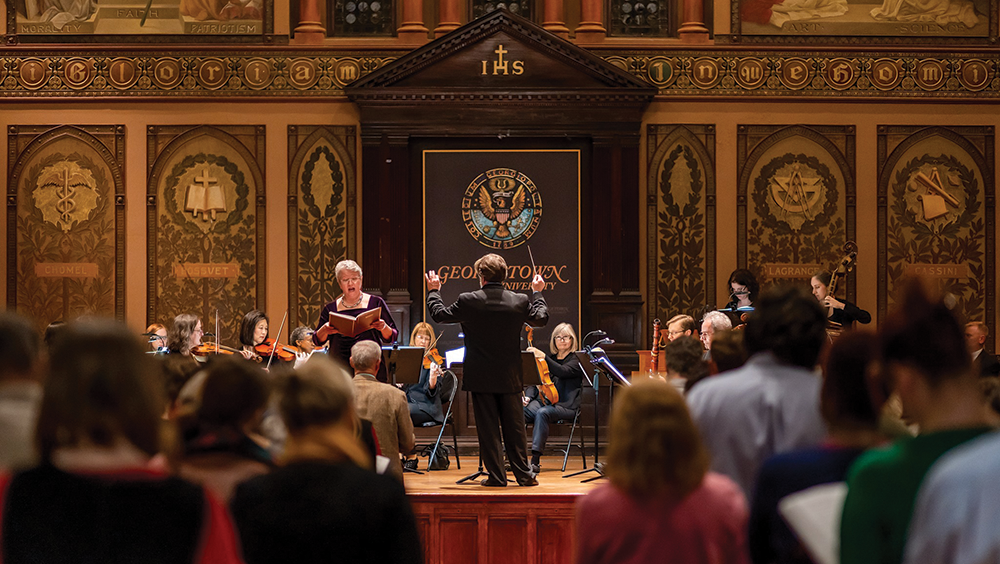
The music minor can help contextualize a student’s own experience with playing music and ground their practice in the cultural history, according to Lily Gong (COL ’20), a music minor and vice president of the Georgetown University Pep Band, who played classical piano for 11 years.
“Being a music minor has exposed me to a wide range of different artists that I wouldn’t have necessarily come across because then you start to dive into the social and cultural context of certain composers,” Gong said in an interview with The Hoya. “I’m in a seminar right now called the Beethoven seminar, and it’s very cool how you can do a deep dive into his life and kind of watch how events like the French Revolution and his health and all that played into his musical things that I ended up playing when I was a child.”
The department offers resources and experiences for any students interested in music, not exclusively music minors and American musical culture majors. Students must audition for certain ensembles, but can participate in ensembles like chamber music, concert choir and orchestra regardless of their major.
These ensembles forge the flexibility for students to make music a part of their academic experiences, according to Angel Gil-Ordóñez, professor of practice for the department of performing arts.
“We have no music majors participating in the GU Orchestra. The members are chosen through audition and they come from all disciplines on campus,” Gil-Ordóñez wrote in an email to The Hoya. “They are there not because it is a requirement but because they can not imagine spending 4 years in college without dedicating time to playing an instrument they have been devoted from an early age.”
Through these groups, the music program offers opportunities for student musicians who could not otherwise find a musical outlet to get involved, according to Zhang.
“I think the great thing at Georgetown is that there are people are interested in the arts, but you don’t have to,” Zhang said. “You have a lot of flexibility because the department really offers resources that students can take advantage of, but they don’t have to feel like they’re confined to any part.”
Although the program offers student ensembles, its small size has inhibited its ability to offer more time for rehearsals for a single ensemble, according to Zhang.
“Because the department’s so small, you can’t have two different music groups that have rehearsals at different times, right?” Zhang said. “You only have one group that has the set rehearsal times. If someone has class, then they don’t have another option to go to.”
However, the small size of the program can also foster meaningful relationships with professors that would be harder to forge in a program like those found at schools more devoted to music with a conservatory model and performance-focused curriculums, according to Gong.
“Because the music department at Georgetown is quite small compared to other schools — like we don’t have a conservatory model — each student is able to receive a lot of attention one on one with professors,” Gong said.
As the program continues to manage these structural limitations, the canon of music taught in classes continues to expand to include marginalized voices within its study, according to Gong.
“I would like to see Georgetown continue to push for more representation and thinking about how we can connect social considerations of minorities and women in other relevant cultural things within the conversation of music,” Gong said. “You wouldn’t think that they’re super connected but I think everything in nature is very political and social.”








